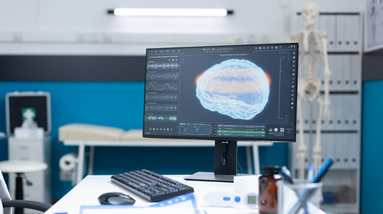
PET-CT is a medical imaging technique that combines two powerful imaging technologies: Positron Emission Tomography (PET) and Computed Tomography (CT). PET is a functional imaging technique that measures metabolic activity in the body, while CT is an anatomical imaging technique that produces detailed images of the body’s internal structures.
PET-CT imaging is commonly used in the diagnosis, staging, and monitoring of cancer. Cancer cells have a higher metabolic rate than normal cells, so PET-CT can detect areas of increased metabolic activity, which may indicate the presence of cancer. The anatomical information provided by the CT component helps to localize the area of increased metabolic activity and provides information about the size and shape of the tumor.
PET-CT is also used in the evaluation of other conditions, such as neurological disorders, heart disease, and infection. It can help to identify areas of inflammation or infection, as well as areas of reduced blood flow to the heart or brain.
During a PET-CT scan, a small amount of radioactive tracer is injected into the patient’s body. The tracer is absorbed by the body’s cells and emits positrons, which are detected by the PET scanner. The CT component of the scan produces detailed anatomical images that are combined with the functional PET images to create a 3D image of the body.
PET-CT is a safe and non-invasive imaging technique, but it does involve exposure to radiation. The amount of radiation exposure is typically low and is comparable to other diagnostic imaging tests such as CT or X-ray.